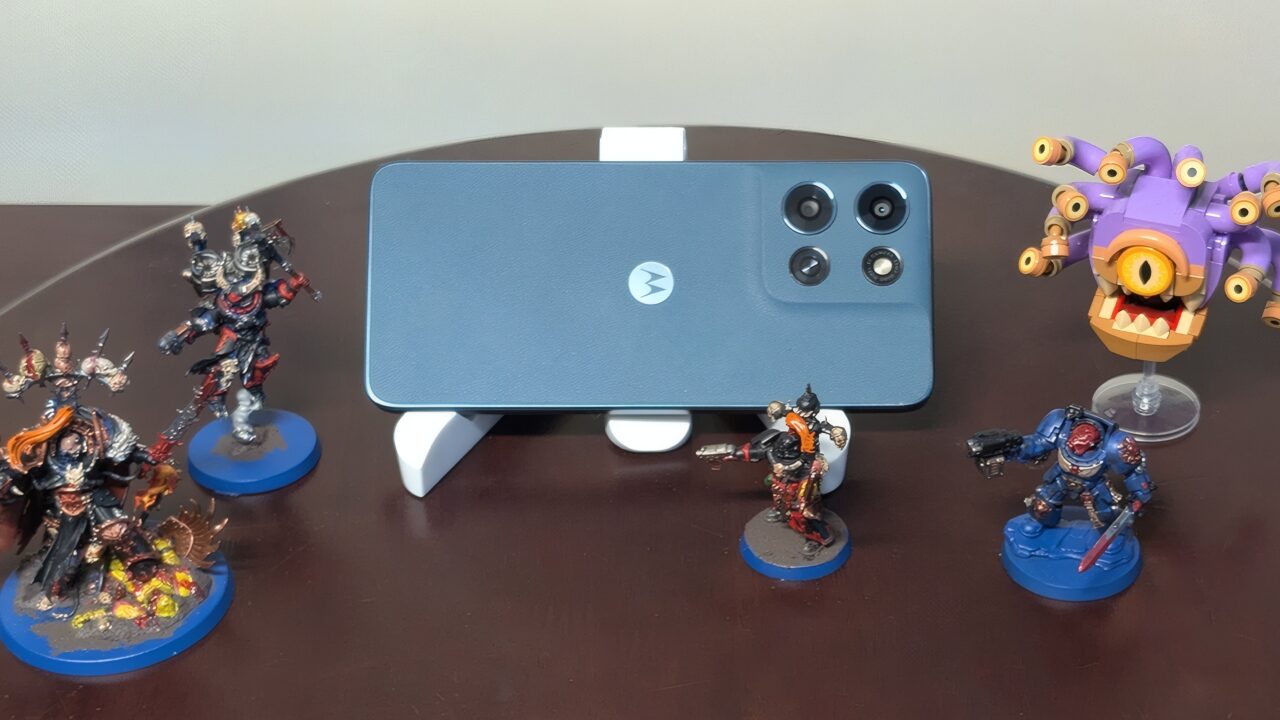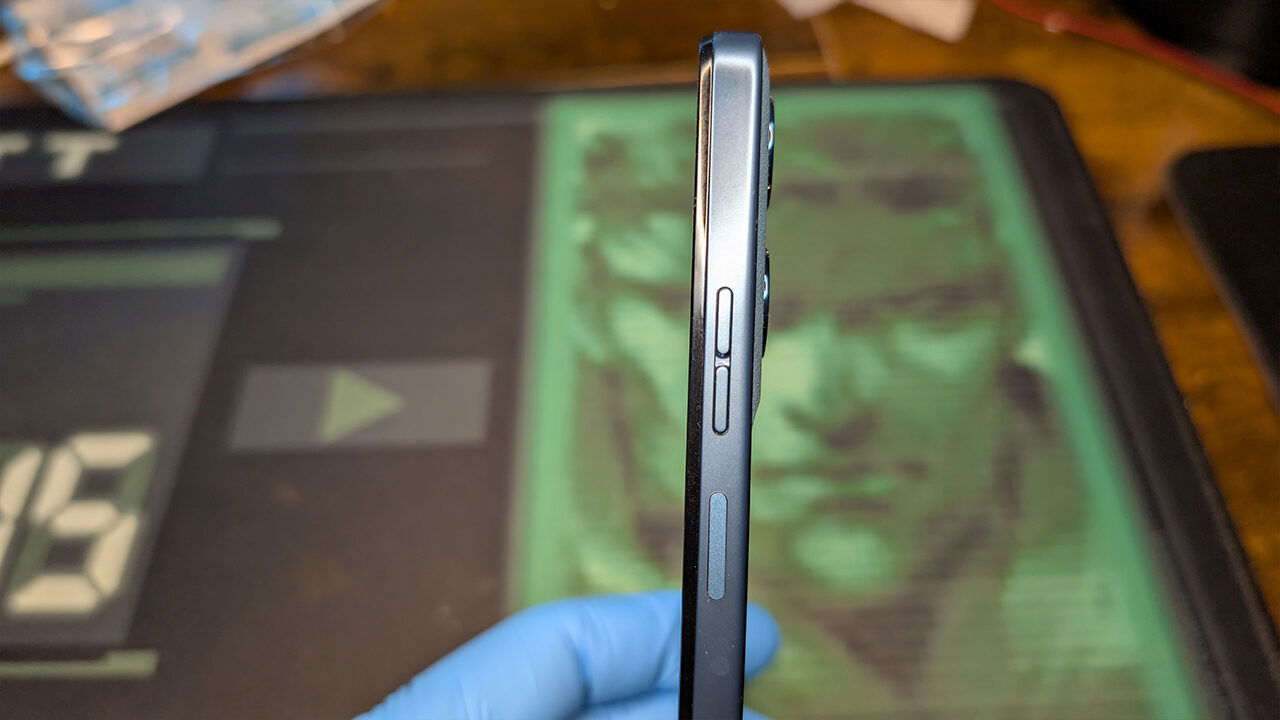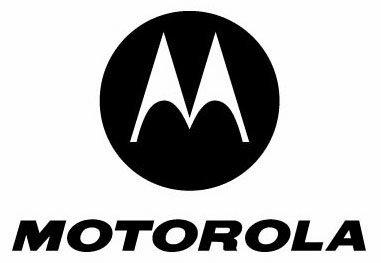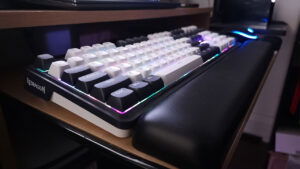There’s always been something quietly dependable about Motorola’s budget phones. Even when they miss the mark, they’ve had this slight charm to them. The Moto G Play 2026 carries that same spirit, but at the same time feels trapped between the expectations of a modern smartphone and the realities of the budget-friendly price bracket Motorola refuses to leave behind. It’s a phone that works well enough, lasts long enough, and looks nice enough, but rarely pushes beyond “fine.” And in a market where affordable phones have been punching up harder and harder, “fine” doesn’t stretch as far as it used to.
The design of the Moto G Play 2026, for one, feels deliberately plain. Motorola’s gone with a muted finish that looks better in person than it sounds on paper, even if the plastic frame and back won’t trick anyone into thinking this is a mid-tier device. It’s comfortable to hold, at least, with a soft curve along the back and a surprisingly manageable weight for a bigger 5200mAh battery. At 202 grams, it’s not light, but the weight really suits the phone.

Where Motorola clearly wants your attention is the Moto G Play 2026’s 6.7-inch ultrawide display, and to its credit, it’s one of the more successful elements of the device. The panel is still LCD and still stuck at HD+, which is probably the first place some people will check out entirely. In 2025, HD+ on a display this large isn’t doing anyone any favours.
However, the addition of High Brightness Mode helps the phone hold its own outdoors, and the 120Hz refresh rate makes scrolling feel a little more premium than the price tag suggests. Even so, the low resolution keeps pulling you back to reality. Fonts lack crispness, fine details in images soften more than they should, and there’s a constant sense that the screen is being held back by a decision made solely for cost-cutting.
Performance lands in a similar “it’s okay, but…” space. The MediaTek Dimensity 6300 chipset paired with 4GB of RAM does just enough to keep the phone from feeling sluggish in day-to-day use. It’s quick enough jumping between social apps, browsing, and messages, and Android 16 runs cleanly without much friction.

Motorola’s inclusion of RAM Boost, letting the phone borrow internal storage to artificially bump that number toward 12GB, is a helpful safety valve, though anyone who has used virtual RAM features before knows they’re more of a bandage than a fix. Light gaming is fine. Heavier games will run, but usually on lower settings and with noticeable dips. It’s a reminder that “superfast 5G performance” only matters when paired with hardware that can fully take advantage of it, and here, things feel more mid-level speed than superfast.
“Where Motorola clearly wants your attention is the Moto G Play 2026’s 6.7-inch ultrawide display, and to its credit, it’s one of the more successful elements of the device.”
The Moto G Play 2026 camera system is where Motorola is pushing hardest, and also where the compromises show the most. The 32MP main camera sensor, using Quad Pixel technology to output 8MP pictures, does capture surprisingly sharp daylight photos. The colour accuracy sits in that Motorola middle ground where it looks slightly warm, slightly contrast-heavy, but still pleasant. The ambient light sensor helps with quick focusing, which is genuinely appreciated when you’re snapping something on the fly.
Still, the limitations creep in quickly. In low light, even with Night Vision enabled, images turn smudgy around the edges, and textures turn into blotchy patches. It’s not unusable, in fact, far from it, and with steady hands, you can get some decent nighttime shots. But it still feels like a budget camera with a higher megapixel number stamped on the box.


The 8MP front camera tells a similar story. It’s perfectly fine for video calls and social media selfies, but rarely more than that. Moto’s added a decent suite of camera modes, Portrait, Pro, Panorama, Auto Smile Capture, Google Lens integration, and they all work, but nothing elevates the experience beyond “serviceable.” For some buyers, that might be enough, but the competition has been pushing low-light photography much harder, and Motorola’s conservative approach is starting to show its age.
Where the Moto G Play 2026 unquestionably shines is battery life. The 5200mAh battery is one of the biggest in its class, and Motorola’s claim of two-day runtime isn’t far-fetched. With mixed usage, light gaming, music streaming, browsing, and some 5G data pulls, the Moto G Play 2026 comfortably makes it into the evening of day two. If you’re a lighter user, you’ll probably get even more out of it. The downside is that charging is capped at 18W, and while that’s not terrible, it’s slower than several similarly priced competitors. You’re looking at something closer to a leisurely top-up rather than a quick boost, and that’s a trade-off you’ll notice when you forget to charge overnight.
“Where the Moto G Play 2026 unquestionably shines is battery life.”
The audio setup is surprisingly robust thanks to the stereo speakers and Dolby Atmos support, giving the Moto G Play 2026 a fuller sound profile than you’d expect. There’s actual separation here, nothing dramatic, but enough that watching a show or playing a game with the phone in landscape doesn’t feel tinny. The return of the 3.5mm headphone jack also feels like a small victory for anyone who refuses to give in to the dongle chaos of modern devices. Bluetooth 5.4 works well, too, with stable connections to earbuds and speakers.

On the software side, Motorola keeps things clean with Android 16 and next to no bloat. It’s one of the few budget phones where you don’t immediately feel the need to delete a ton of pre-installed apps. But how long the phone will remain viable remains a fair concern since budget devices tend to lag behind on major OS updates, and Motorola’s track record is mixed. It’s a phone that works well today, and likely will for a couple of years, but beyond that, the situation becomes murkier.
Connectivity is also better than expected. Dual SIM support, NFC, FM radio, microSD expansion up to 1TB, and the full spread of 5G and LTE bands make it a travel-friendly device. USB-C is still stuck at USB 2.0, which limits transfer speed, but at this price, you can’t complain too loudly.
And that’s ultimately the recurring theme with the Moto G Play. You can nitpick a lot of the HD+ resolution, the modest performance ceiling, the uneven camera, and the slow charging, and you’d be justified every time. But the phone also delivers exactly what the G Play line has historically promised: a simple, honest device that lasts forever on a charge, has a big screen, and doesn’t ask for much. The problem is that the market around it isn’t standing still. Several competitors have begun offering sharper displays, faster charging, and better low-light photography for not much more money. Motorola is leaning on reliability and longevity, but the gap is narrowing.

The Moto G Play 2026 isn’t a bad phone. It’s simply a phone that feels comfortable sitting at the midrange mark. It’s competent, reliable, even charming in places, but rarely impressive. For someone who just wants a huge battery, a big screen, for social media, and singular tasks, it’ll do the job without complaint. But if you’re looking for something that punches above its weight, the Moto G Play 2026 isn’t swinging quite as hard as it used to.
- Unlocked: Compatible with all major U.S. carriers, including Verizon, AT&T, T-Mobile and other major carriers.
- Super-bright, super-smooth 6.7″ display. See your screen clearly even outdoors in sunlight, and enjoy seamless views with a fast-refreshing 120Hz display*.






